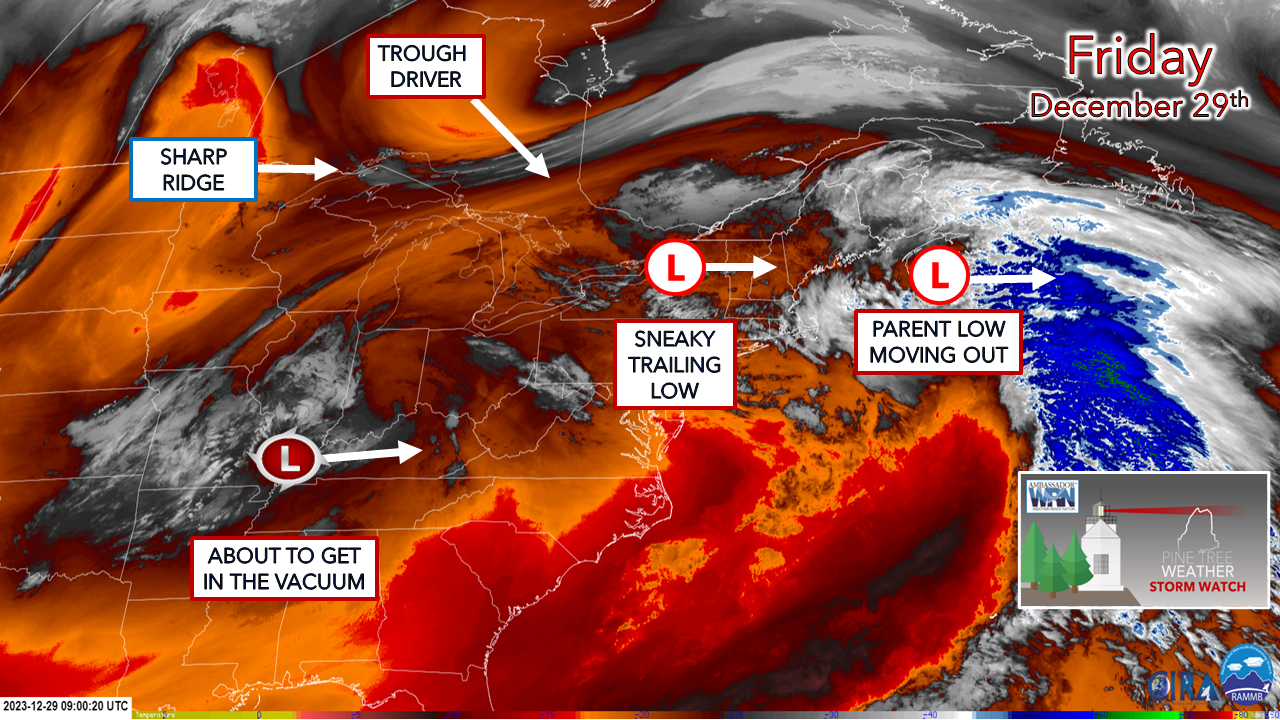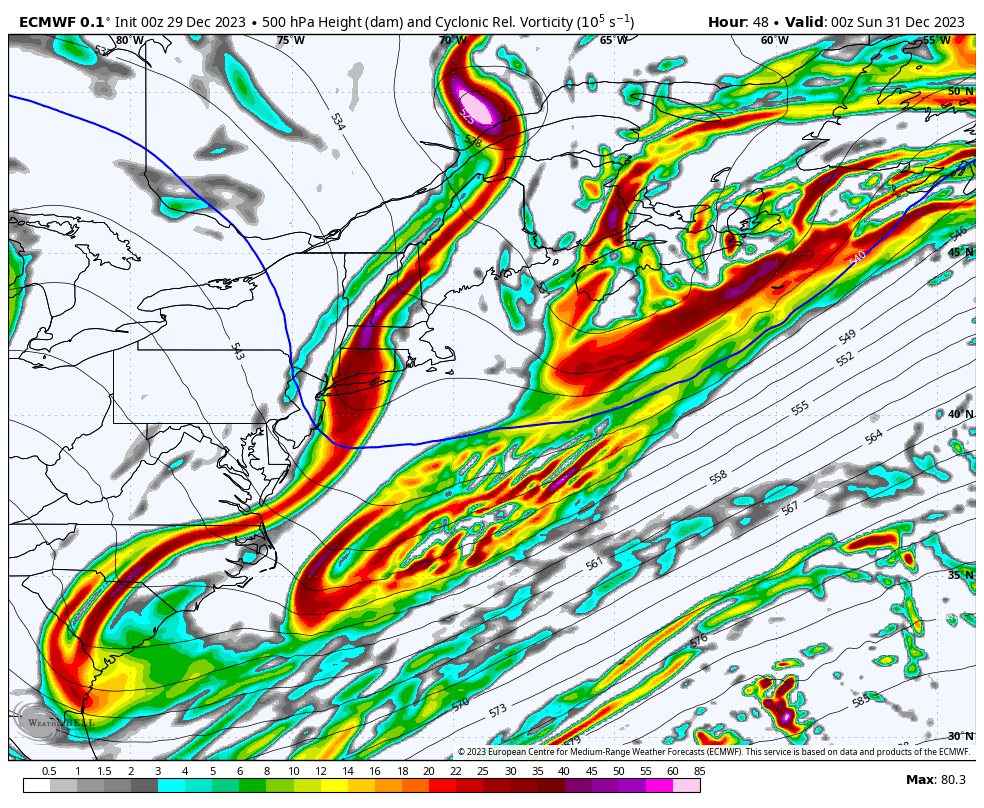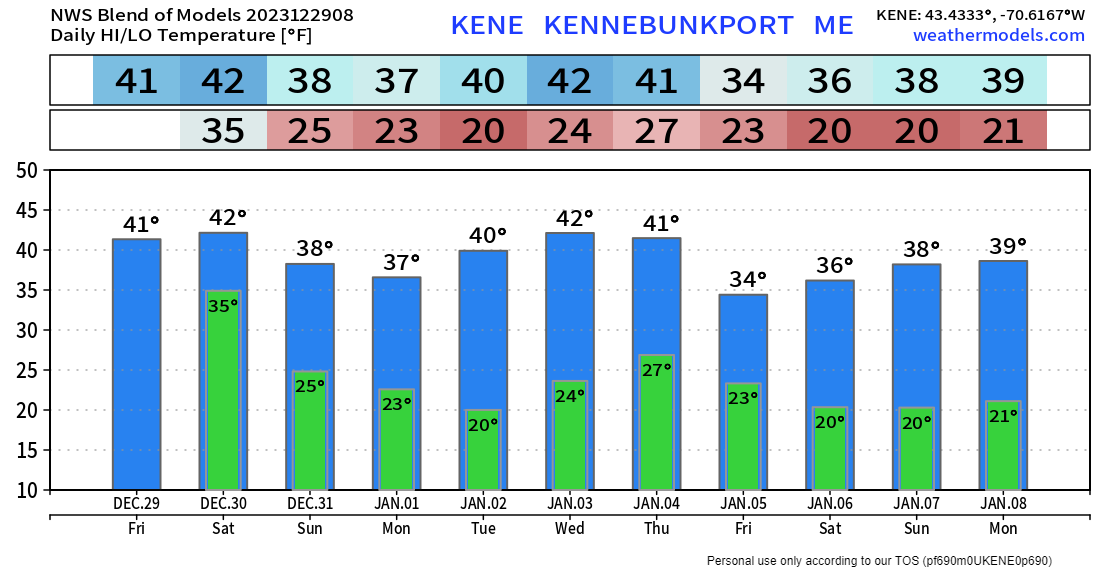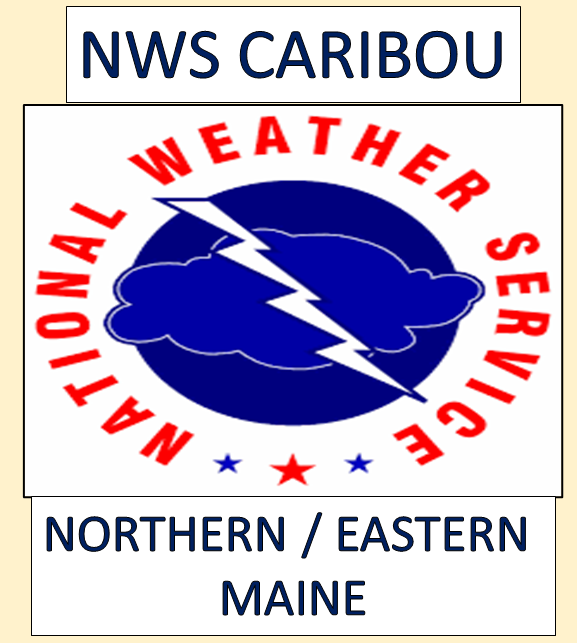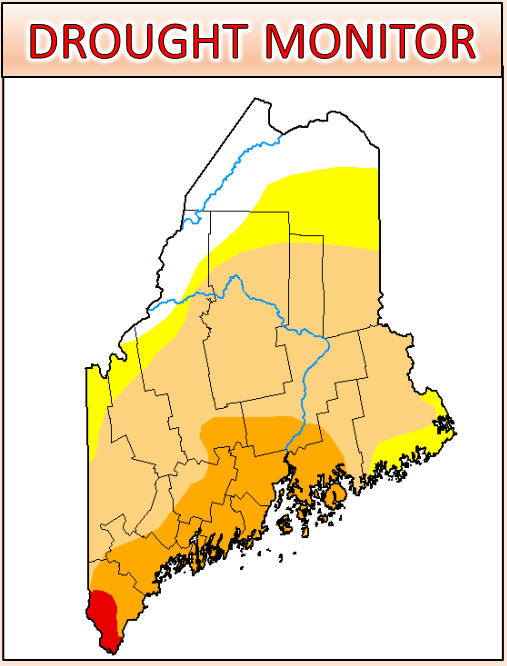Water vapor image tells the storyAll of the players are in the regional view as of early Friday morning. The parent low is moving east out to sea, and a sneaky trailing low passes through Friday night into Saturday. The trough driver bringing the cold is racing down from Ontario. The cut-off low that has hung out over the Midwest all week is weakening and is about to be absorbed by the trough. The ridge to the west is like the mother in the minivan who is loading up the kids after soccer practice to take them home and will carry them out of the area Saturday. All four precipitation food groups through SaturdayFriday 6 AM to Saturday 9 PM - This is one hour increments of liquid equivalent precipitation used here. The reason I've used this is because precipitation type will vary pending on region, and I don't trust model ideas of what that may appear as given the marginal temperatures in the 30s. Northern areas see snow. Where cold air damming has settled in, those areas see some ice accretion. Where it has not sees rain showers. The parent low departs Friday morning and a bit of a lull works in Friday afternoon. As the trailing low slides east, precipitation picks back up Friday night and into Saturday morning. As the cold air works in aloft, the transition from rain and freezing rain flips to snow. Much of the interior sees snow showers or pockets of light snow through the day. A coastal front sets up in the morning, which keeps the shoreline regions wet with snow on the other side of it. How far inland the coastal front goes is always a bit of a coin toss. Those that live within 10-40 miles of the ocean may see a mix of snow and rain pending on what the front decides it wants to handle itself. As the cold front works through Saturday afternoon, areas seeing rain get a few snowflakes as a parting gift when the precipitation wraps up. Outside of some mountain upslope snow showers, precipitation ends from west to east Saturday afternoon ending over eastern areas by mid-evening. Rule of thumb here is higher elevations have the better chance for snow as the cold air works in. The valleys won't see as much, and where cold air damming hasn't worked in could see lesser amounts, too. With marginal temperatures around the freezing mark and not a whole of of forcing with the trailing low, I don't expect this to be much of an accumulator. Areas around the coastal front may see bursts of moderate snow on the cold side, so be aware of that. Given the weak nature of the trailing low, I don't see much of an issue for travel. Untreated areas may be slick in spots, especially on the roads less travelled. The common sense approach of responsible driving to the conditions is the way to go. Outlook through ThursdaySaturday 7 PM to Thursday 7 PM - The pattern becomes more progressive heading into next week. Shortwaves may bring some clouds in areas with mountain snow showers through New Years Day. An ocean storm misses the region Tuesday, but we'll need to keep an eye out for one Thursday into Friday. That big hook you see at the end of the loop, it might restart winter over the interior, and coastal areas should be on notice. Temperatures cool down in the ten day trend, which is an indicator that the chances for snow will increase. You are reading this as the result of the generosity |
Mike Haggett
|

